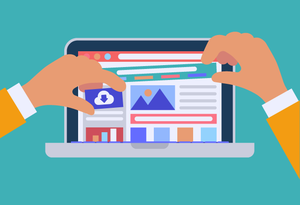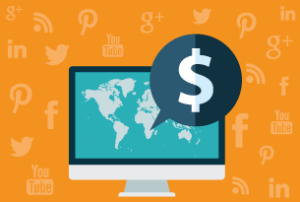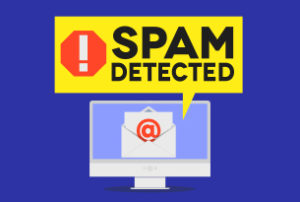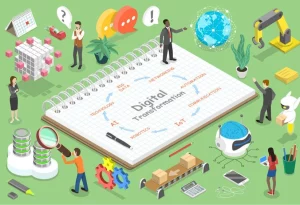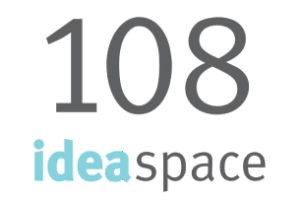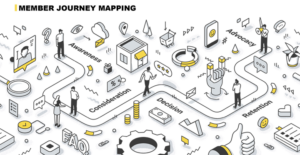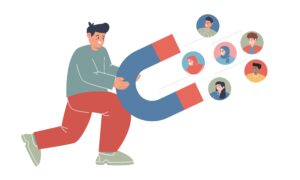$37 Billion: This is the amount that Google earned in 2011, 97% from advertising. Google’s keyword-savvy Pay-per-click selling machine allows any organization (or person) to specify keywords, construct an ad, and specify how much they would pay for a click. Google then puts the ad on a web page that contains the keywords. When a user clicks, the advertiser pays, and Google benefits.
And so does the advertiser. The user has made a commitment by clicking, and hopefully, they will transact after they land on the target page. Unfortunately, the conversion to a sale does not happen as often as it should, because many advertisers are completely unaware of a simple concept: the landing page.
A landing page is really just the other half of an advertisement. The ad sets up the requirement and helps people with a particular problem self-identify and click through. The landing page provides the solution and a next step. It converts browsers into buyers. Here are key attributes of it:
It is paired with a very specific advertisement.
The page should go through multiple rounds of A/B testing. (Two identical ads point to two different versions of the landing page; the one that converts fewer buyers should be discontinued, the other should be revised for a new test, etc.)
Very little navigation to the main site; the goal is for them to read/consider/act – not to meander off. Simplified messaging, all designed to expose the problem and share the solution.
Simplified design and graphics: because there is far less content (and links) than a traditional web page, the eye will naturally focus on the remaining important information. Multiple calls to action (eg Subscribe, Purchase, etc)
Multiple content delivery modes – but an identical message: Video, Descriptive Text, Testimonials, “Trial” subscriptions, etc. Different people respond to different stimuli Consistent design beyond the landing page. Since the site is designed to convert, a vastly different look-and-feel beyond the landing page (eg the next page in a sequence) can cause user uncertainty, and possibly abandonment.
This week’s action plan: The concept of a landing page can be generalized: there is a metaphorical landing page after everything that we write. What did you want people to do after they finished reading? This week, think through the next step in any of the projects that you are working on and start crafting the landing page. (Hint: the landing page is merely a bridge to another decision. Once you’ve mapped out your decisions, it is vastly easier.)
This post has been written by 108’s Senior Advisor and former CEO Randall Craig.


